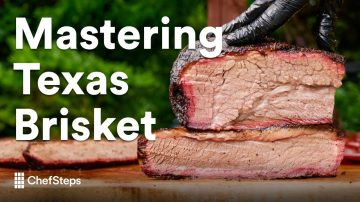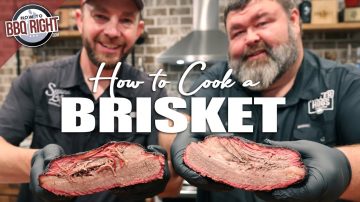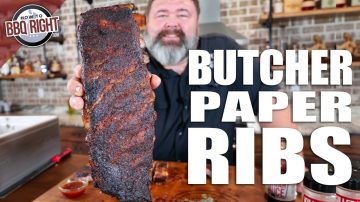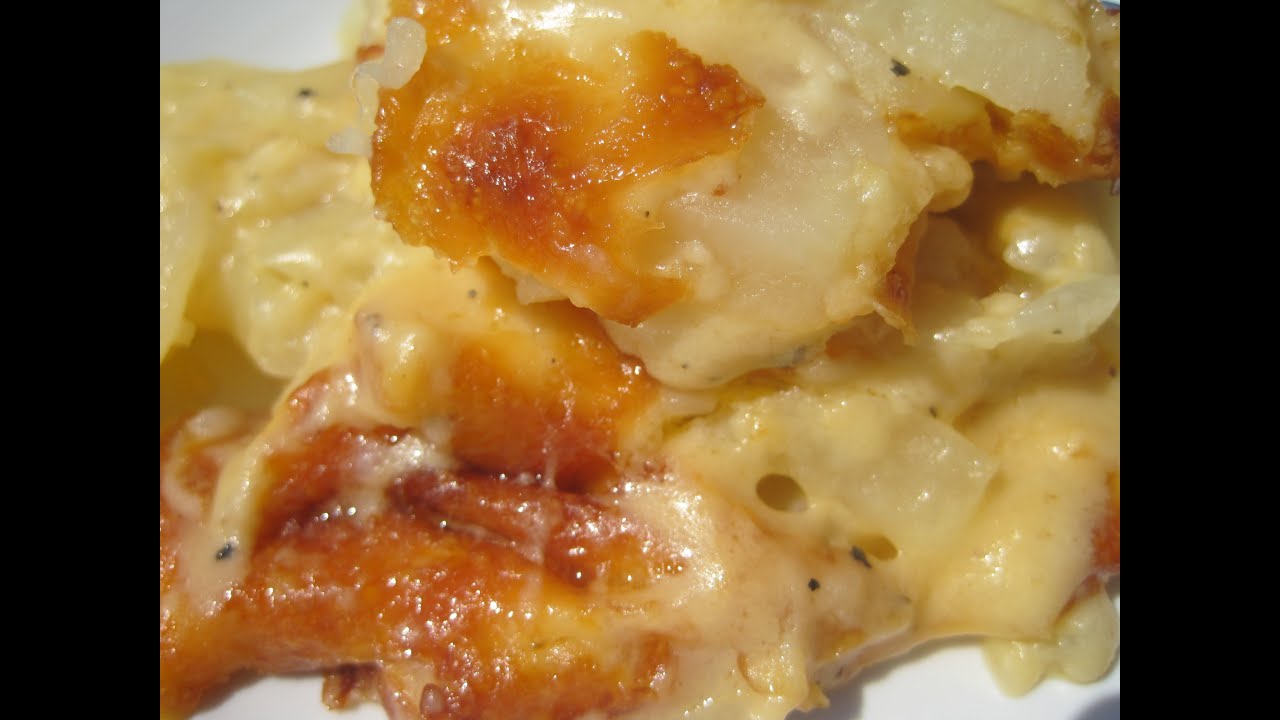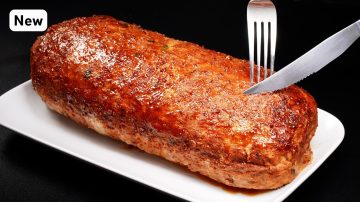How to Slice Texas-Style Barbecue Brisket Like a Pro
Recipe Overview
Overview
Slicing brisket is an art form that can elevate your BBQ game to the next level. In this guide, Joe Yim of Knox F Barbecue shares his expert techniques for slicing Texas-style brisket. The process begins with a perfectly cooked brisket that has been rested to ensure maximum tenderness. Joe emphasizes the importance of using a serrated knife to cut through the bark without damaging the meat underneath.
One of the key points Joe makes is about the texture of the brisket after resting. It should feel firm yet tender, allowing for clean slices. He explains the difference between the lean and fatty portions of the brisket, guiding you on how to slice each part to highlight its unique qualities. The lean slices should be cut thin, while the fatty point can be sliced thicker to maintain its structure.
Joe also shares tips on how to present the brisket slices attractively, ensuring that each piece showcases the beautiful marbling and bark. He encourages using the entire brisket, including the burn ends, which can be chopped for sandwiches or served as tasty bites. This technique not only maximizes the use of the brisket but also enhances the overall dining experience.
By following Joe’s advice, you’ll be able to impress your friends and family with perfectly sliced brisket that is both flavorful and visually appealing. Whether you’re hosting a BBQ or just enjoying a meal at home, mastering the art of brisket slicing is a skill worth having.
Recipe Details
Steps & Tips
Let the brisket rest for a couple of hours.
Use a 12-inch serrated slicing knife for cutting.
Tip: Be cautious when removing butcher paper to avoid shredding the brisket.
Slice the brisket in the middle where the lean and fatty parts meet.
Tip: Use short strokes with the serrated knife to break through the bark.
Use short strokes to start slicing through the bark.
Cut the lean portion into slices about a quarter of an inch thick.
Tip: Aim for slices that are thick enough to have structure but not too thick to be chewy.
Cut the end pieces into small blocks or cubes for sampling.
Tip: Keep slices close together to prevent them from drying out.
Slice the point portion thicker than the lean to maintain structure.
Tip: Cut against the grain to avoid chewy slices.
Tip: Cut thicker slices for the point to maintain structure.
Trim off the taller Mohawk portion for serving.
Tip: Keep slices together to prevent oxidation.
Chop the lean brisket against the grain into small pieces.
Tip: Cut against the grain for easier eating.
Combine chopped brisket with bark and fat for flavor.
Tip: Mix in bark and fat for a flavorful chopped brisket.
Create a tray with a variety of brisket slices for serving.
Tip: Rub greasy hands on the brisket for a nice presentation.
Skill Level
Frequently asked questions
Below you will find answers to the most common questions about this recipe.
Got a Recipe Question? Ask Away!
Interesting Tidbits
- •Texas-style brisket is known for its tender texture and rich flavor, often enhanced by a long cooking and resting process.
- •The point and flat sections of the brisket have different textures and fat content, affecting how they should be sliced.
- •Slicing against the grain is crucial for achieving tender slices of brisket.
- •Burn ends are a popular part of brisket, typically found in Kansas City-style BBQ, but can be adapted in Texas BBQ.



